The Touchscreen Mac That Jobs and Cook Both Disliked May Finally Be Made by Apple
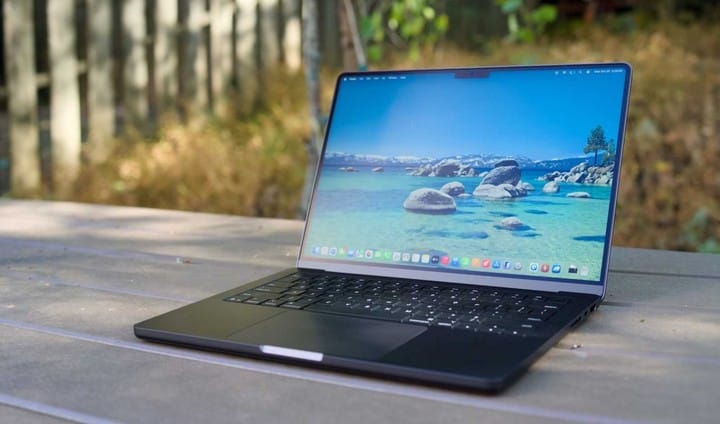
Should You Wait Before Buying a New MacBook Pro?
If you’re thinking about purchasing a new MacBook Pro, it may be worth holding off.
Compared to the just-released M5 MacBook Pro—which saw minimal updates beyond its chip—the real breakthrough could arrive next year.

▲ Image credit: Engadget
This upcoming change could be the most significant upgrade to the Mac lineup since the Apple I, breaking one of Steve Jobs’ iconic design principles and defying Tim Cook’s earlier public stance.
Key takeaway: Next year’s MacBook Pro is rumored to feature a touchscreen.
---
An All-New MacBook Pro Design
Since the debut of the M1 Pro in 2021, the same MacBook Pro chassis has been used for five generations, earning praise for:
- Rounded body and variety of ports for utility
- M-series chips delivering exceptional performance and efficiency
Apple’s design overhaul in 2021 repaired its reputation from the Intel era’s issues, though thickness and weight remain higher than Apple’s ideal. Currently, the 16-inch MacBook Pro weighs 2.14 kg, similar to other performance laptops in the PC market.
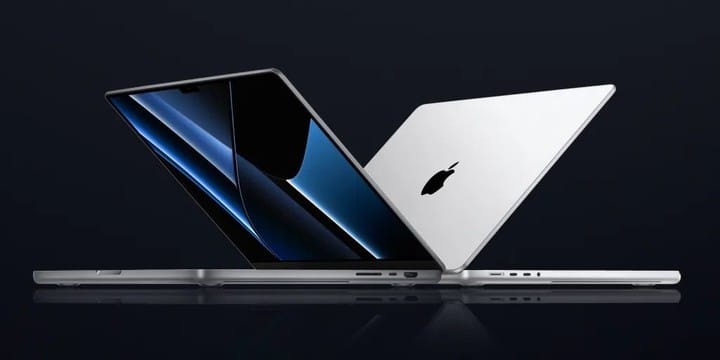
What’s Changing
- Entirely new design, thinner and lighter (Bloomberg)
- Possible return to Apple’s “thin yet powerful” philosophy from the 2016 redesign, but backed by efficient M-series chips
- Expected removal of the notch, replaced by an iPhone-style pill-shaped punch hole
- Likely inclusion of Dynamic Island due to macOS 26’s iPhone Live Activities sync
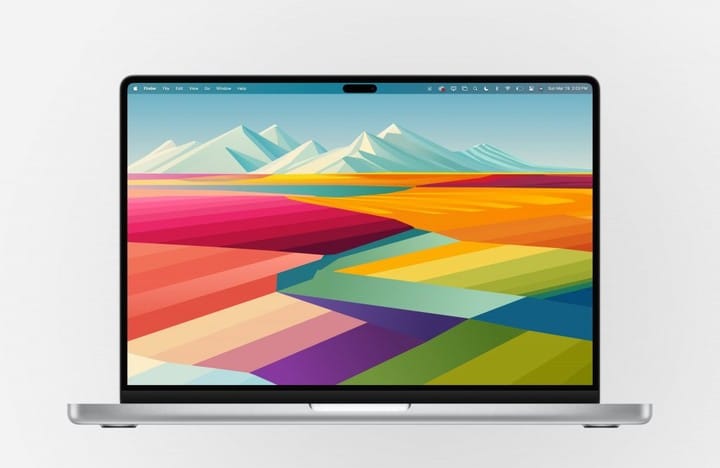
▲ Punch-hole mock-up
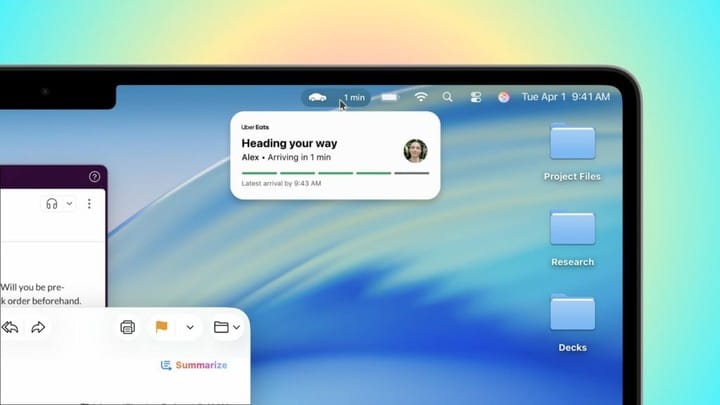
---
Why Thinner is Possible Now
- OLED displays replacing LCDs → better contrast, richer colors, thinner panels
- Adoption of dual-layer OLED technology for improved brightness and efficiency (Mark Gurman)
- Use of on-cell touch technology (Ming-Chi Kuo), not in-cell touch
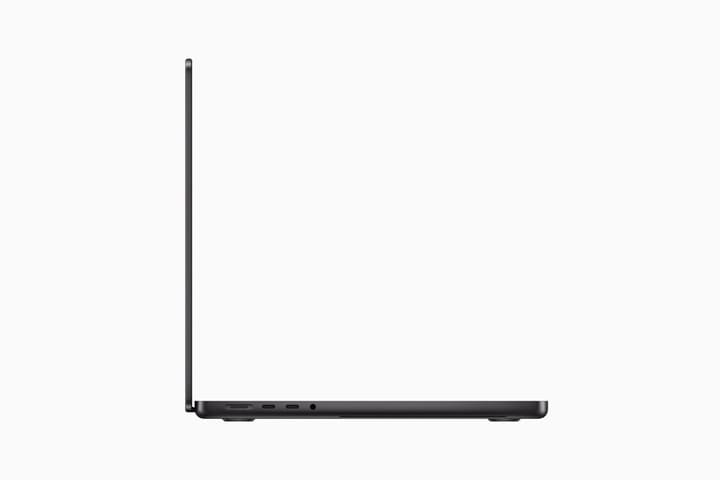
---
Touchscreen Engineering
Apple is reportedly adding:
- Reinforced hinges
- Advanced screen hardware to minimize bounce when touched—solving a common complaint in 2-in-1 devices
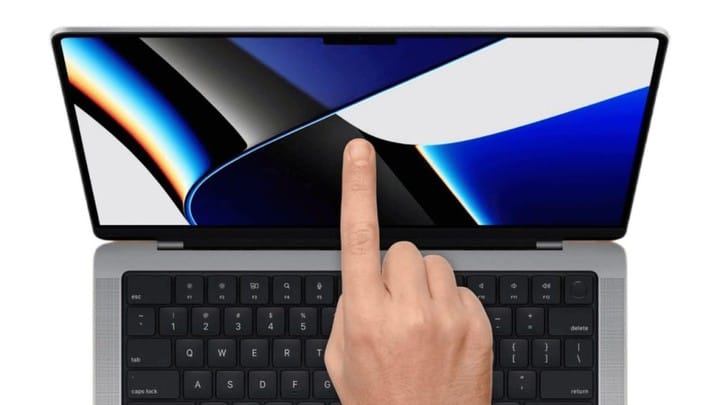
---
Pricing Impact
Due to increased component costs, the new MacBook Pro may be several hundred dollars more expensive.
For creators, such a slim, touch-enabled MacBook Pro could integrate seamlessly with cross-platform creator tools like AiToEarn官网, which enables AI-powered content generation, multi-platform publishing, analytics, and monetization.
---
MacBook Pro vs. iPad Pro — Design Philosophy Shift
Historically, Apple resisted touchscreen laptops:
- Steve Jobs argued vertical screens were ergonomically poor for touch
- Tim Cook compared merging a tablet and laptop to “combining a toaster and refrigerator”

Practical Concerns
- MacBook displays have high quality but low scratch resistance—touching could damage coatings
- Ergonomics favor keyboard/trackpad interaction, but younger users expect touch support
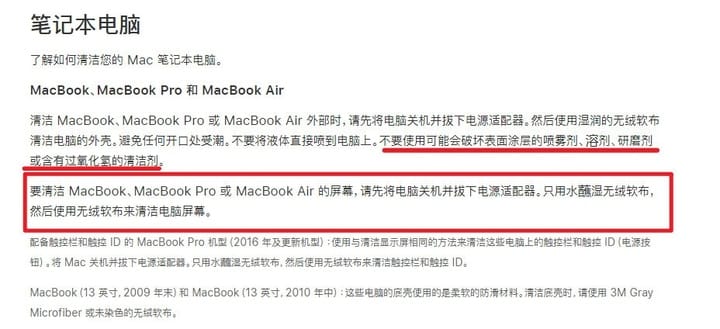
Despite hesitation, nearly all premium laptops now offer touchscreens, and consumer demand for touch-enabled Macs has grown steadily.
---
Avoiding iPad Cannibalization
Mark Gurman suspects Apple delayed touchscreens partly to protect iPad sales. But:
- Adding a touchscreen to the MacBook complements rather than replaces iPads
- Usage will still be 90% keyboard and trackpad-based
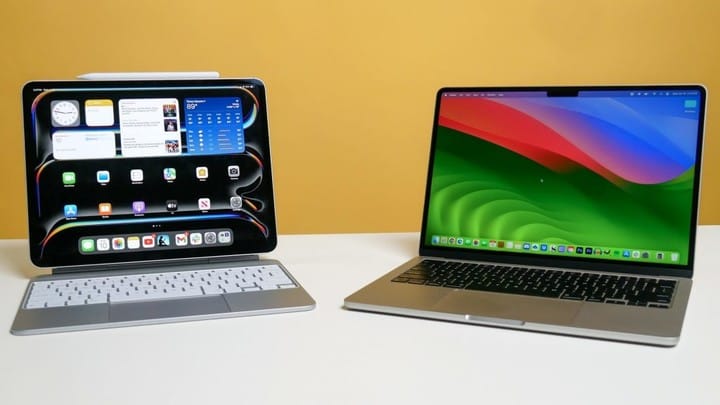
---
Scenario Benefits
Touchscreens could help with:
- Precision zooming & image rotation
- Video timeline adjustments
- Potential Apple Pencil support
Apple may adapt macOS interaction design to accommodate touch—mirroring experiments like the Touch Bar and the “Mac-like” evolution of iPadOS 26.
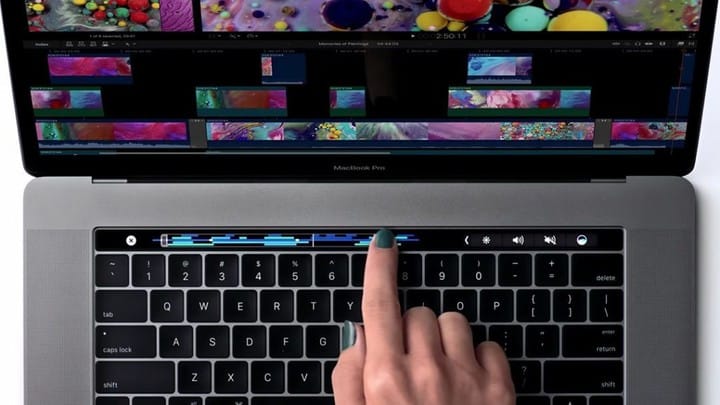
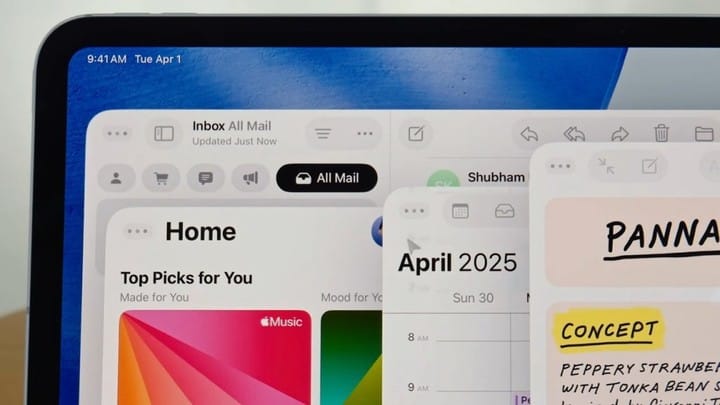
---
Market Context
- Mac shipments in Q2 grew 21.4% year-over-year to 6.2M units (IDC)
- Global Mac market share: 15% (StatCounter)
- iPad shipments double Mac’s, but flagship iPad Pro sales are modest
Costs for M chips are high—up to $500 for M1 Ultra—so Apple spreads them across Mac, iPad, Vision Pro. Mac’s strong sales make design innovation more worthwhile.
---
Convergence of Mac and iPad
Key Insight: As user interaction and usage scenarios evolve, the strict separation between Mac and iPad matters less.
- The lighter, thinner M6 MacBook Pro could balance portability and performance without past compromises
- Interfaces, apps, and device forms may converge like in “convergent evolution” in biology
- Example: “Carcinization” — creatures evolving crab-like forms regardless of origin, analogous to PC–tablet hybrids becoming universal
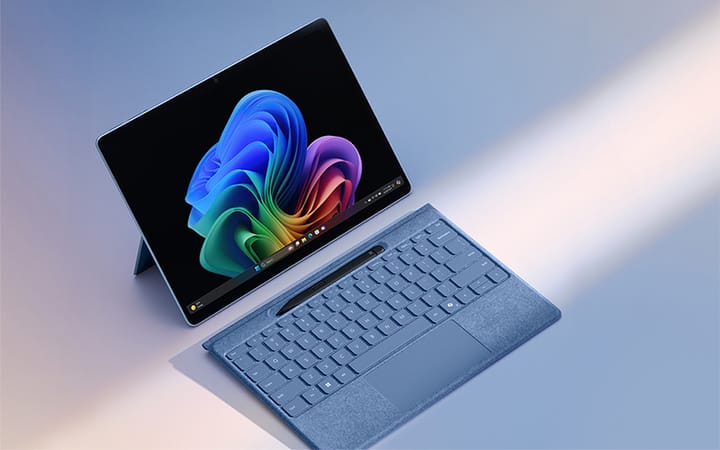
---
Foldable Future?
Ross Young reports Apple is working on:
- iPhone Fold
- 18-inch large-screen foldable device (delayed to 2029 or later) due to engineering challenges
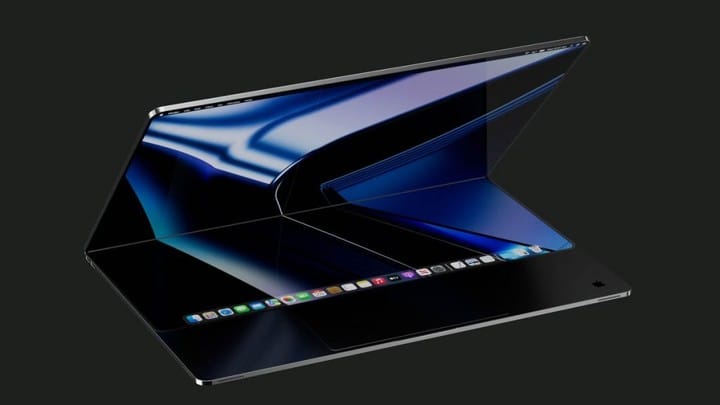
---
The Blurred Line Ahead
Future devices may differ only by OS name — Mac or iPad — as functionality merges.
This mirrors creative workflows today, with platforms like AiToEarn官网 enabling:
- AI content generation
- Simultaneous publishing to major platforms (Douyin, Kwai, WeChat, Bilibili, Rednote, Facebook, Instagram, LinkedIn, Threads, YouTube, Pinterest, X)
- Analytics and AI model ranking
---
Bottom line: The new touch-enabled, thin MacBook Pro could signal Apple’s move toward merging Mac and iPad capabilities—combining performance, portability, and interaction flexibility into one device class.



